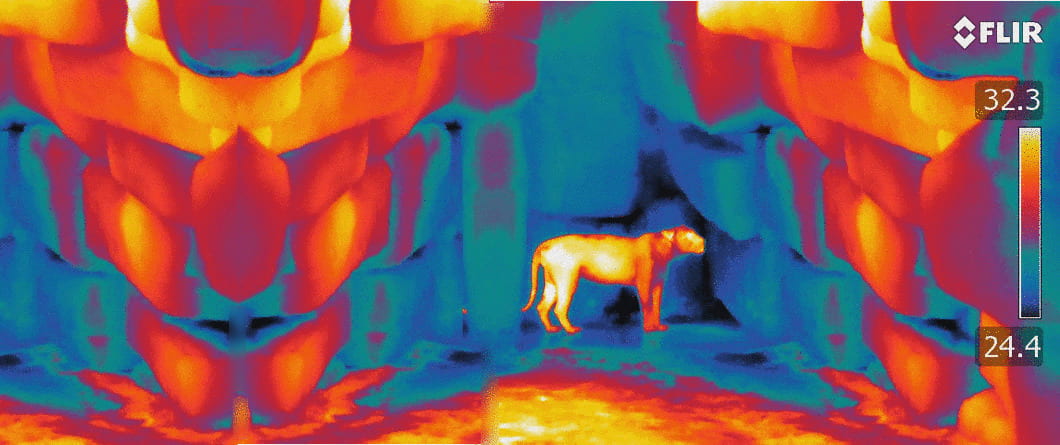By John Brindle
The objective of this study was to better understand current management practices for down dairy cows in Ontario, Canada, and to identify factors associated with the adoption of best practices to improve welfare. An online survey was distributed to all dairy producers in Ontario, Canada (n = 3,367) and was available from November 2020 to March 2021, inclusive. Descriptive statistics were evaluated, and two logistic regression models were generated using Stata 17, exploring factors associated with 1) relocating down cows with hip lifters and 2) assisting cows to stand within an hour after discovering a down cow. A total of 226 producers responded (7.4%). Participants were predominantly male (68%), farm owners (78%), and 30-39 years old (29%). Producers reported relocating down cows with a boat or sled (32.6%), front-end loader bucket (31.4%), hip lifters (28.0%), or ‘other’ (with a text box to further describe) (8.0%). The median time to relocating a down cow after identifying her was 1 hour (range 0 – 17h). Farms that relocated a down cow sooner after identifying her as down, were more likely to use appropriate methods to move the cow. However, we also found that farms that provided feed and water sooner to down cows, were more likely to use an inappropriate method (hip lifters) to move her. Farms that used hip lifters to move cows had higher odds of assisting a cow to stand within an hour following the discovery of recumbency. Additionally, producers who waited longer to relocate a down cow were less likely to assist the cow to stand within one hour of finding them down. Data from this study will be helpful in designing future research that further explores the barriers and motivations of producers when implementing evidence-based management plans to improve welfare for down dairy cows.




